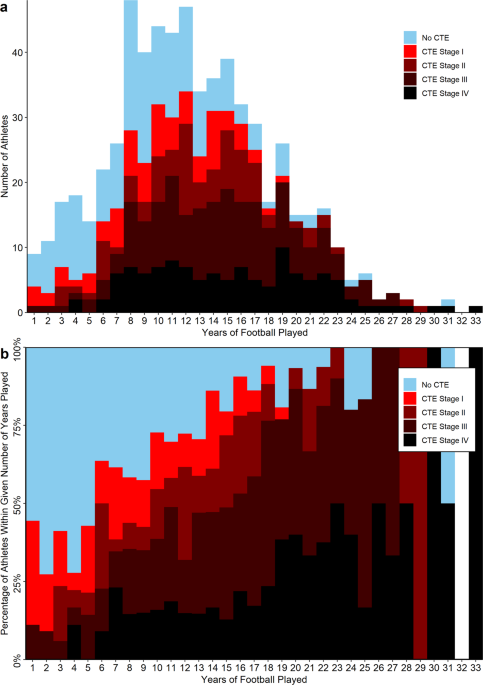The Ghost of Raelene
Tim Horan (67)
Great points and yes it always gets put down to something like Rugby being the last instance and the trend.
I know it’s a bit different and touchy subject but look at Covid deaths. Covid technically did kill you but most of the people who unfortunately passed had a multitude of co morbidities like type 2 diabetes and others. These are just as responsible as the Covid but don’t get the attention.
I know it’s a bit different and touchy subject but look at Covid deaths. Covid technically did kill you but most of the people who unfortunately passed had a multitude of co morbidities like type 2 diabetes and others. These are just as responsible as the Covid but don’t get the attention.


